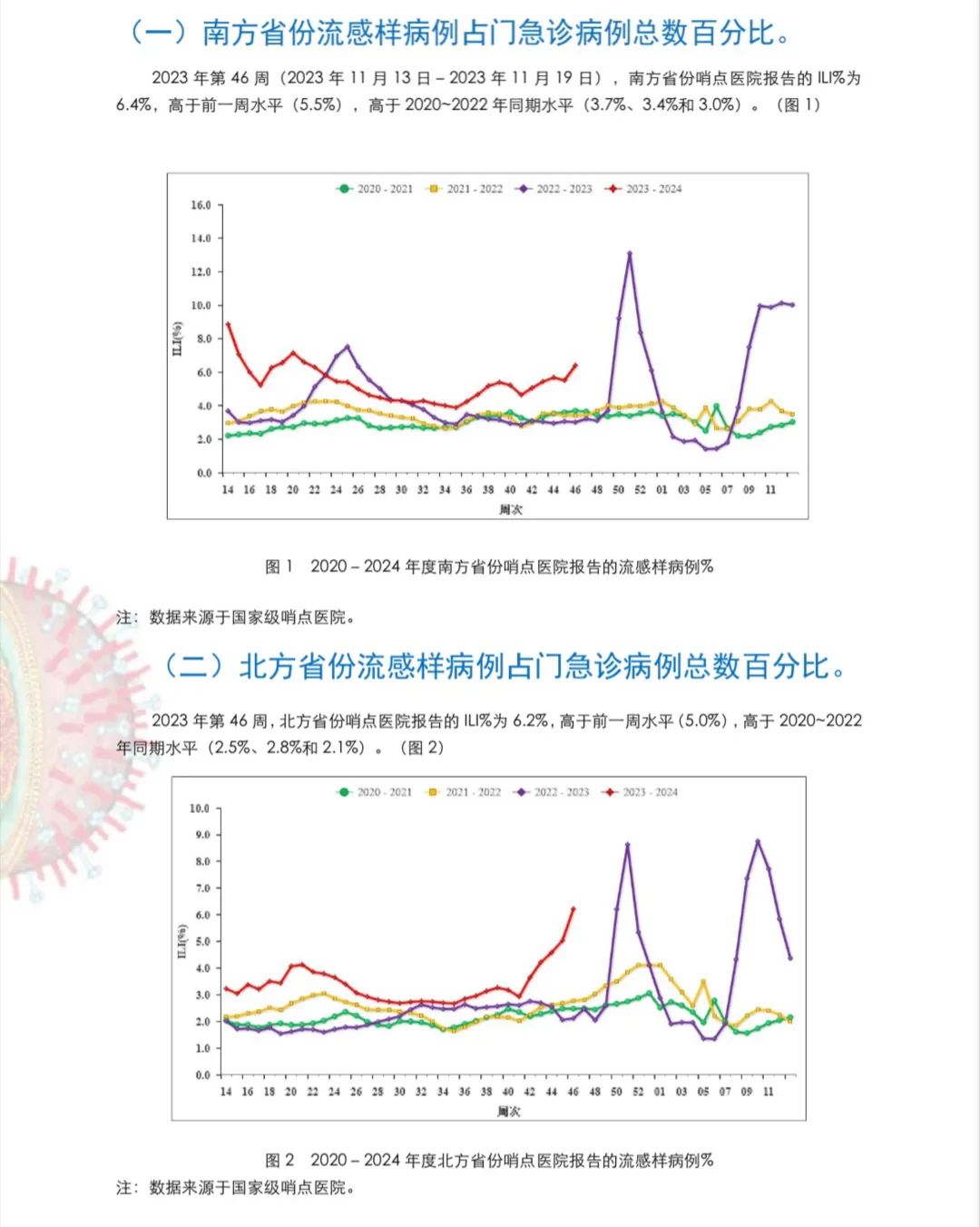◆ "One Vertical and Four Horizontal" Business Layout

As a part of the national emergency command platform system, the national emergency early warning information publishing system builds the national, provincial and municipal early warning information publishing platforms and county-level early warning information publishing terminals from the overall framework.
The national early warning information publishing platform is located at the top of the four-level early warning information publishing system structure, and its information source is the the State Council Emergency Command Platform and relevant ministries and commissions; The provincial early warning information publishing platform is located on the second floor, and the information source is the superior early warning information publishing platform, the provincial government and various departments and bureaus in the province; The prefecture-level early warning information release management platform is located on the third floor, and the information sources are mainly the superior early warning information release platform, the prefecture-level government and the committees and bureaus; As the lowest level, the county-level early warning information publishing terminal is the grass-roots information receiving unit of national emergency early warning information, and the information source is the higher-level early warning information publishing platform, the county-level government and county-level committees and bureaus.
The the State Council Emergency Office is responsible for the overall management of the national emergency warning information release system, and the provincial, prefecture-level and county-level release platforms and terminals are managed by the local government emergency office, and the daily operation and maintenance are the responsibility of the competent meteorological departments at all levels. The national emergency early warning information release system adopts the principle of "who issues, who is responsible", and all units are responsible for the early warning information released by their own units. Publishing units at different levels and in different regions can only publish a certain level of early warning information related to their own units within their own regions, and cannot publish them across regions and industries.
◆ Business organization

In February 2015, the central editorial office officially approved the establishment of the National Early Warning Information Release Center. In May of the same year, the National Early Warning Information Publishing Center officially started its business operation. By the end of April, 11 provinces (autonomous regions and municipalities directly under the Central Government) such as Beijing, Tianjin, Shanxi, Shanghai, Fujian, Jiangxi, Guangdong, Guangxi, Hainan, Xinjiang and Guizhou had established provincial-level early warning information release centers. At present, 31 provinces, 343 cities and 2015 county-level early warning information release agencies have a total of 6085 full-time and part-time early warning release personnel.
◆ docking of various departments

In the national emergency early warning information release platform, 52 kinds of early warning information from 13 departments, including public security, civil affairs, land, transportation, water conservancy, agriculture, health planning commission, safety supervision, food and drug supervision, forestry, tourism, earthquake and meteorology, have been docked and released online, and the departments of industry, information technology, environmental protection and ocean are actively carrying out system application docking work, initially realizing the unified release of multi-disaster early warning information.
Nationwide, 90 kinds of early warning in 16 departments have been connected to the publishing system and officially put into operation. Guangdong, Shanghai, Beijing and other places have established and improved the whole society emergency linkage mechanism with early warning information as the guide.
◆ Early warning release situation

Since the business operation on May 1, 2015, 250,000 early warnings of natural disasters, 106 early warnings of accidents and disasters, 17 public health incidents and 5 social security incidents have been issued nationwide; In addition to meteorological disaster early warning, the departments of land, water conservancy, electric power, ocean and transportation issued 661 early warning information through the national early warning release system; 31 provinces and 333 cities across the country release early warning information through the national early warning information release system.
◆ Construction of distribution channels

Since the establishment of the national emergency early warning information release system, broadening the release channels and expanding the coverage of early warning has always been one of the focus of work. The distribution channels integrate and utilize the resources of various departments and social media, and establish a variety of early warning information distribution channels such as SMS, mobile APP, Internet, website, radio, TV, newspapers, outdoor media, building TV, etc., and also seamlessly connect with AliPay, Tencent WeChat, Sina Weibo, etc.
In order to solve the problem of early warning information entering villages and households, 436,000 early warning loudspeakers, 767,000 information workers and 78,000 information service stations were jointly built and shared with agriculture-related and disaster-related departments. By means of ocean broadcasting and Beidou satellite, the problem of early warning information release for ships at sea is solved. Solve the problem of early warning information release for remote areas with small population density through early warning radio; The problem of early warning information release in western minority areas with poor language communication is solved by Tibetan and Uighur mobile phone MMS.
footmark
In 2005, the State Council issued the Decision of the State Council on Implementing the National Overall Emergency Plan for Public Emergencies.
In November 2005, the Emergency Office of China Meteorological Bureau was established.
In June, 2006, China Meteorological Bureau put forward the idea of national public emergency early warning information release system.
At the end of 2006, the State Council held an examination and approval meeting of the National Emergency System Construction Plan during the Eleventh Five-Year Plan period, and decided that the national public emergency early warning information release system project should be handed over to the meteorological department for construction.
In February 2007, China Meteorological Bureau set up a project office to start the feasibility study.
In July 2009, the feasibility study of the project was revised according to the review opinions of the National Development and Reform Commission.
In September 2010, the National Development and Reform Commission approved the feasibility study of the project.
In November 2011, the National Development and Reform Commission issued an investment plan and the project was officially launched.
In 2013, the construction of the national emergency early warning and release system entered the stage of installation, training and application for provincial, municipal and county pilot users. At the same time, the provincial, municipal and county-level emergency early warning information release systems that have started construction are gradually docked.
On May 28th, 2013, the Ministry of Industry and Information Technology agreed to open "12379" as a special number for public service of national emergency early warning information release.
On August 1, 2013, the website of "12379" national emergency warning information was officially launched.
On January 9, 2014, all three operators, China Telecom, China Mobile and China Unicom, were connected.
On January 11, 2014, the national emergency early warning information release system was put into trial operation.
In February 2015, the Central Editorial Office approved the establishment of the National Early Warning Information Release Center.
On May 1, 2015, the business of the national emergency early warning information release system was officially put into operation.
On May 18th, 2015, the National Early Warning Information Publishing Center was put into operation.
On June 30th, 2015, the Secretariat of the State Council issued the Law on Operation and Management of National Emergency Early Warning Information Release System (Trial). By the end of April this year, 31 provinces (autonomous regions and municipalities directly under the Central Government) had formulated provincial-level emergency early warning information release management measures according to this method.
On September 14, 2015, the national emergency early warning information release system application docking work conference was held, and various ministries and commissions started docking work.
Source: Emergency Disaster Reduction and Public Service Department of China Meteorological Bureau and National Early Warning Information Release Center. The data time is as of May 4, 2016.
(Source: China Meteorological News, May 6, 2016, eighth edition Editor: Su Jessie)




























